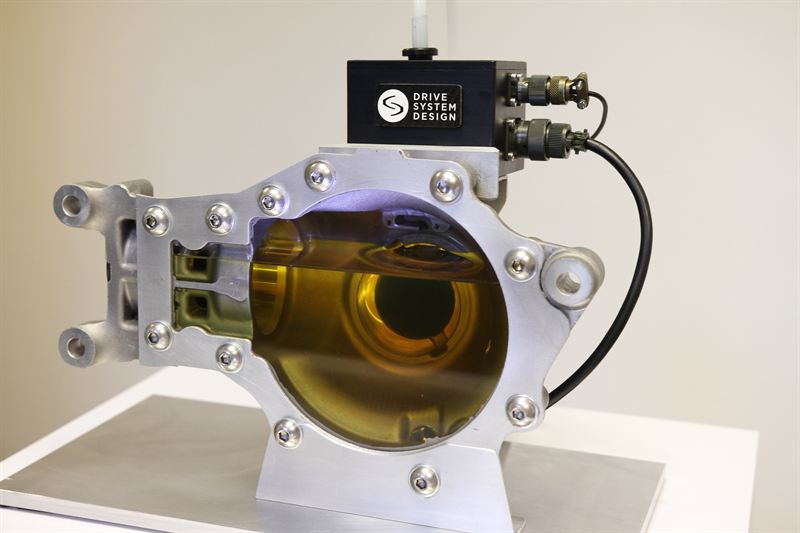Automated test system provides faster driveline development

Test time reduced by more than 60%, significantly cuts cost and frees up engineering resources
Leamington Spa, UK, 14th April 2016 – A new, automated mobile oil expulsion detection system that significantly reduces development time and cost, called VENTS, has been developed by engineering consultancy Drive System Design (DSD). The system monitors oil expulsion through the breather system of a driveline unit, such as an axle or transmission case during testing. Traditionally this would require continuous engineer observation and can take up to 8 weeks, with VENTS it now only takes 3 weeks and requires little involvement from engineers.
The technology is based on electronically detecting the presence of oil in the breather tube for which patent protection is underway. Announced at the recent International CTI Symposium in Berlin, VENTS is initially developed for rig use but is sufficiently compact and robust to allow fitting to prototype vehicles.
VENTS frees up engineering resources yet shortens program timing by enabling unattended monitoring of tests, 24 hours a day, seven days a week, and recording the exact conditions under which any oil expulsion occurs.
“OEMs and Tier1s expend hundreds of hours of engineer and technician time monitoring breather systems for oil carry over as part of their product validation, yet it may be difficult or impossible for the operator to determine the precise conditions under which oil expulsion has occurred,” explained Rob Oliver DSD’s Chief Engineer - Test. “VENTS eliminates the need for human observation yet, should any oil enter the breather, it video records the event and captures the exact time and operating conditions under which it occurred.”
VENTS is a turnkey system of hardware and software that includes a high resolution video camera, sensors and software configured for ‘plug and play’ connectivity to a data logger. The system provides output through a GUI (graphical user interface) on the operator’s screen. The parameters reported can include tri-axial orientation, shaft speed, oil temperature and more, and the user can configure features such as system sensitivity and recording duration simply by entering new values. VENTS self-adjusts automatically for different ambient light levels, meaning tests can be carried out in varying light conditions.
“This is the first commercially available, turnkey system and has been proven to pay for itself quickly, in trials with OEMs,” said Oliver. “It can halve the time taken to validate a breather installation and frees up vital engineering resources. Nobody wants their engineers just observing a test, even if it is necessary.”
Though currently applied to test rigs such as rock-and-roll installations, to examine the effects of operating under extremes of pitch or roll, VENTS can also be applied to ‘on vehicle’ installations by using remote communication to the camera. This will enable the validation of breather systems as a concurrent part of other vehicle test activities, allowing further savings in a customer’s overall development costs.
About DSD
Drive System Design (DSD) is an award winning engineering consultancy specialising in the engineering, development and control of transmission and future driveline systems.
The company’s staff have experience working with vehicle manufacturers and Tier 1s around the world, designing new technologies and solving problems to make their products more competitive. It has the engineering, test, analysis and project management skills necessary to deliver projects to demanding timescales. Working closely with its customers through technical centres in Europe and North America, DSD is recognised as a world leading expert in driveline refinement, efficiency improvement and hybrid and electric vehicle transmissions.
Press contact:
Richard Doherty at Market Engineering
+44 (0)1295 277 050
Richard.doherty@m-eng.com
Assets
Images can be downloaded from our newsroom without registration. Alternatively please contact megan.davies@m-eng.com
To download this release as a PDF please click here
Tags:



